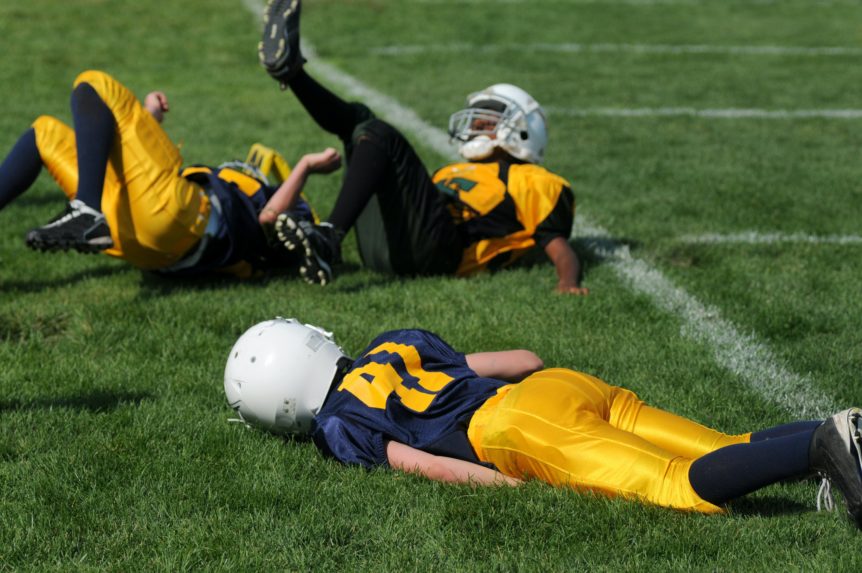Weiler R, Blauwet C, Clarke D, Correspondence to Professor Evert Verhagen, Department of Public and Occupational Health, Amsterdam UMC, Amsterdam, Noord Holland, The Netherlands
Abstract
Concussion is a frequent injury in many sports and is also common in para athletes. However, there is a paucity of concussion research related to para sport, and prior International Concussion in Sport (CIS) consensus papers have not substantively addressed this population. To remedy this and to improve concussion care provided to para athletes, the concussion in para sport (CIPS) multidisciplinary expert group was created. This group analysed and discussed in-depth para athlete-specific issues within the established key clinical domains of the current (2017) consensus statement on CIS. Due to the onset of the COVID-19 pandemic, the group held all meetings by video conferencing. The existing Sport Concussion Assessment Tool 5 (SCAT5) for the immediate on-field and office-based off-field assessment of concussion was evaluated as part of this process, to identify any para athlete-specific concerns. Regular preparticipation and periodic health examinations are essential to determine a baseline reference point for concussion symptoms but pose additional challenges for the interpreting clinician. Further considerations for concussion management for the para athlete are required within the remove, rest, reconsider and refer consensus statement framework. Considering return to sport (RTS), the 2017 CIS consensus statement has limitations when considering the RTS of the para athlete. Case-by-case decision making related to RTS following concussion is imperative for para athletes. Additional challenges exist for the evaluation and management of concussion in para athletes. There is a need for greater understanding of existing knowledge gaps and attitudes towards concussion among athlete medical staff, coaches and para athletes. Future research should investigate the use and performance of common assessment tools in the para athlete population to better guide their clinical application and inform potential modifications. Concussion prevention strategies and sport-specific rule changes, such as in Para Alpine Skiing and Cerebral Palsy Football, also should be carefully considered to reduce the occurrence of concussion in para athletes.

